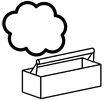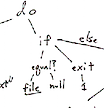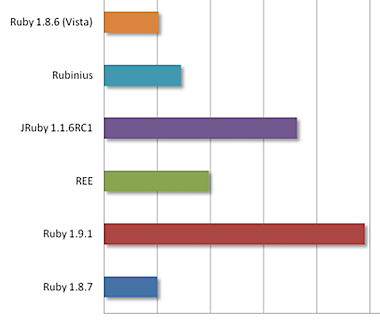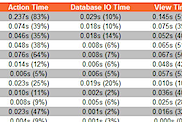If you’re developing a snippets or pastie-type system or another form of CMS where source code might be stored, it’d be incredibly useful to automatically detect what language a provided source is in so that you can style it appropriately.
Chris Lowis’ SourceClassifier (or Github repo) library does just that, using a Bayesian classifier trained on source code from the Alioth Shootouts. Out of the box it has support for C, Java, JavaScript, Perl, Python and Ruby, but you can train it to recognize others (CSS and HTML seem like notable omissions to me). Read More



 So here we are right in the down period between Christmas and the start of the New Year. Few big releases or new developments come out at this time of the year, so it’s a good time to either enjoy time offline or.. to get reading some insightful articles we wouldn’t normally have time for! Luckily a few Rubyists have been busy spending the end of December putting together some rather good articles.. so get reading:
So here we are right in the down period between Christmas and the start of the New Year. Few big releases or new developments come out at this time of the year, so it’s a good time to either enjoy time offline or.. to get reading some insightful articles we wouldn’t normally have time for! Luckily a few Rubyists have been busy spending the end of December putting together some rather good articles.. so get reading: The Government of Fukuoka Japan, together with the Fukuoka Ruby Award Selection Committee, is running the
The Government of Fukuoka Japan, together with the Fukuoka Ruby Award Selection Committee, is running the  Apologies for the buzzword collision in the title, but
Apologies for the buzzword collision in the title, but 


 Jeremy McAnally (Twitter
Jeremy McAnally (Twitter  Whenever you run a Ruby program, Ruby’s parser processes the code and turns it into an “
Whenever you run a Ruby program, Ruby’s parser processes the code and turns it into an “

 2008 has been an interesting year for Ruby. Some people are going to remember 2008 as a snarky,
2008 has been an interesting year for Ruby. Some people are going to remember 2008 as a snarky, 
 It was a few months ago that
It was a few months ago that